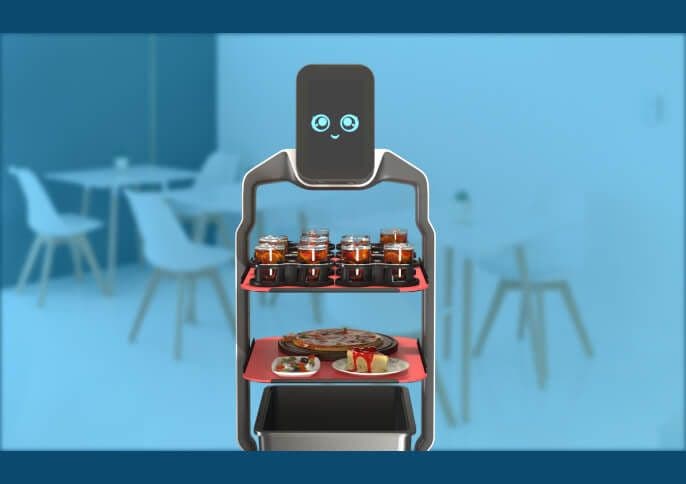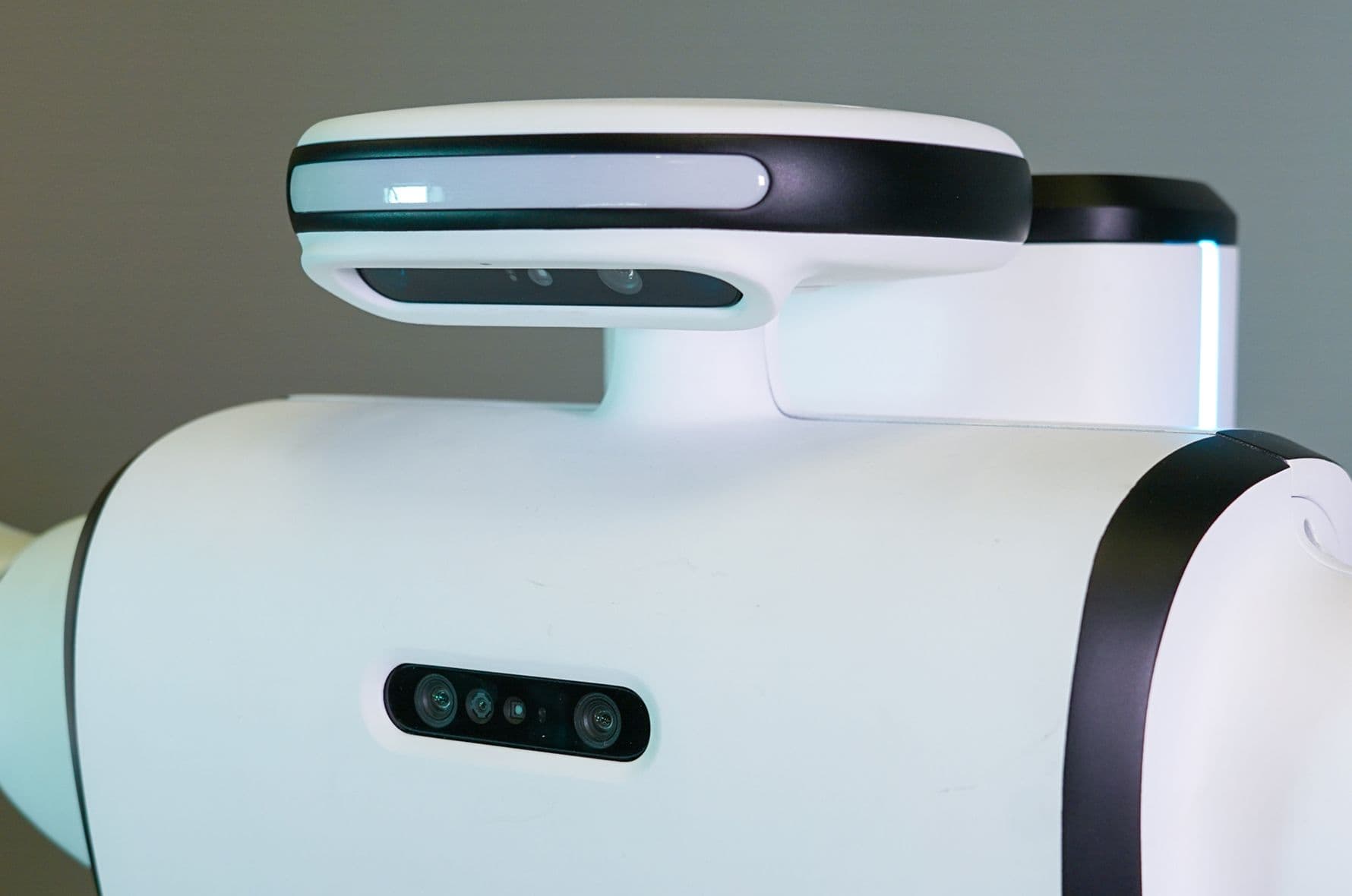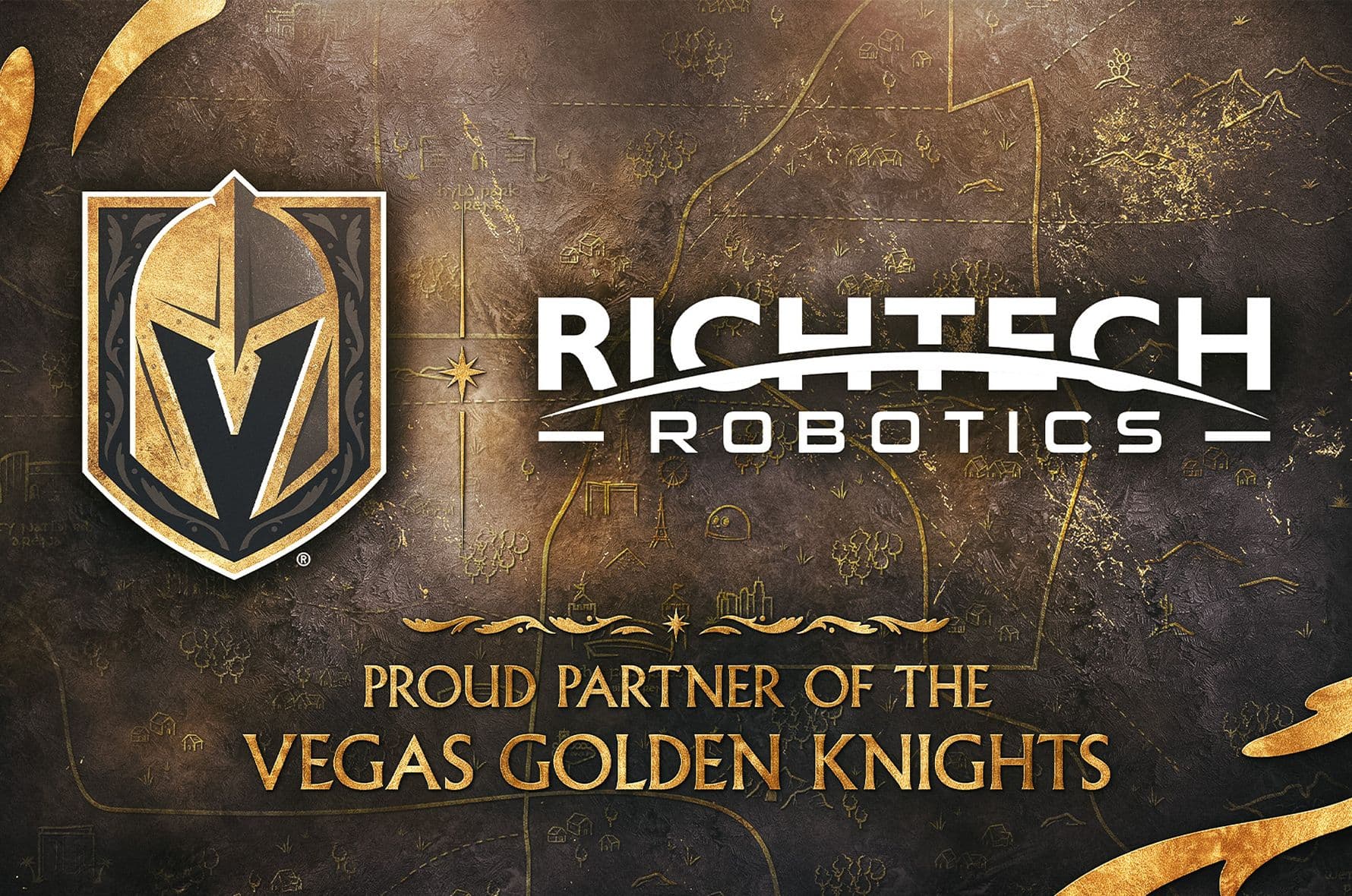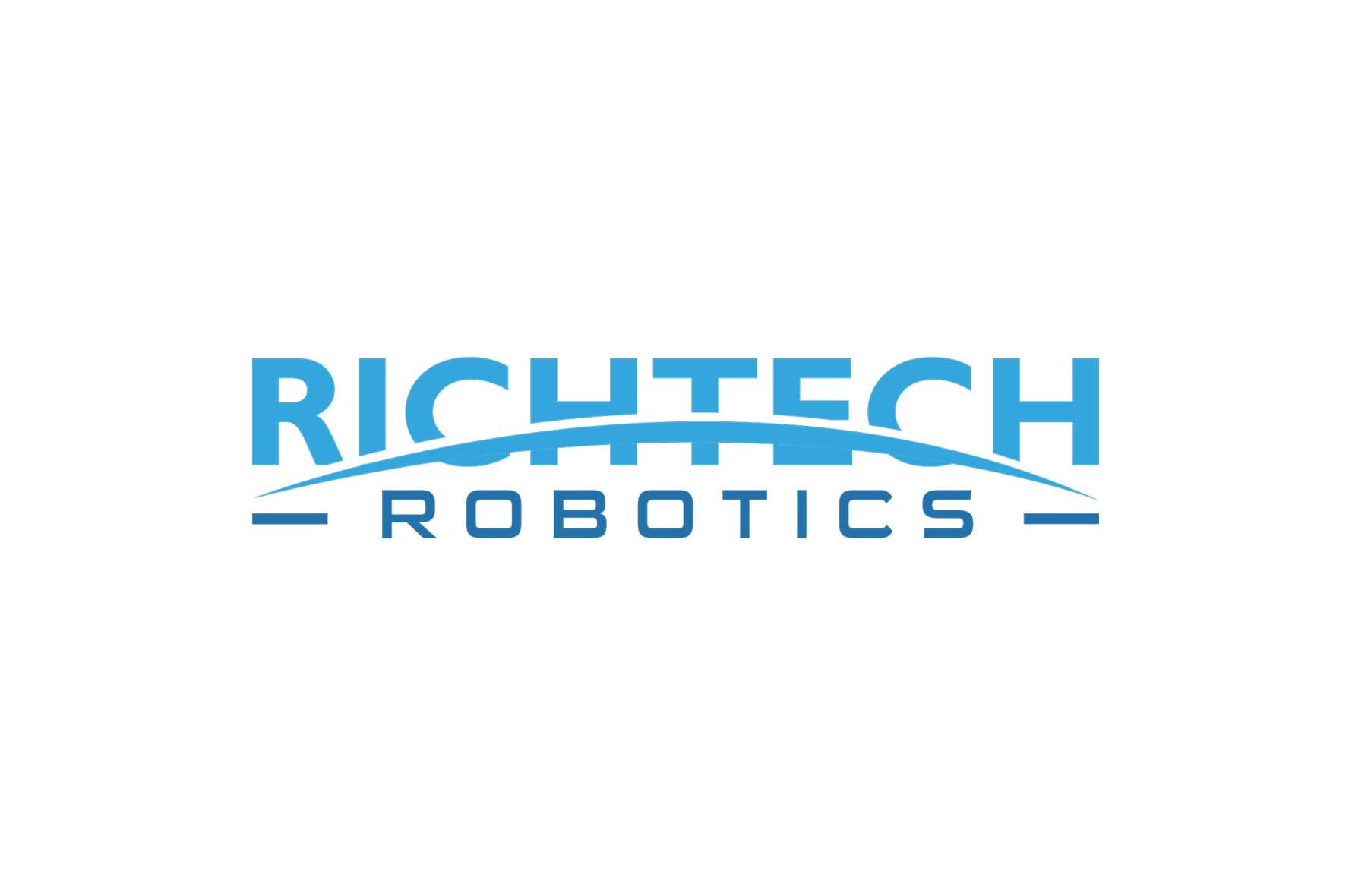Robots in Food Service: Everything you NEED to know
By Timothy Tanksley
- Adoption of robotics has gained popularity in the food service industry due to rising operational costs and labor shortages.
- Restaurant owners can use robotics in various numerous areas of restaurant operations, including serving, bussing, food preparation, and drink service.
- The biggest obstacle facing the widespread adoption of automation in the restaurant industry today is people's perception of robotics.
- Adoption of robotics has gained popularity in the food service industry due to rising operational costs and labor shortages.
- Restaurant owners can use robotics in various numerous areas of restaurant operations, including serving, bussing, food preparation, and drink service.
- The biggest obstacle facing the widespread adoption of automation in the restaurant industry today is people's perception of robotics.
It's fair to say that over the last couple of years, robotics has taken center stage.
We've seen robot dogs, parkour robots, and even robots that have ultra-realistic human faces (creepy!)
These robots have popped up in our news or social media feed from time to time and brought us a laugh, but something is changing.
Robots are in restaurants now.
And hotels. And cafes. And just about any other food service business you can think of.
So, what brings this trend about? What transformed robotics from a spectacle to a real business solution? And why should you (yes, you) care?
Robots in the Restaurant Industry: Why it makes sense
There's been a massive shift in the challenges of running a restaurant.
In early 2020 the world shut down. Businesses closed their doors for weeks or even months. And when they could finally reopen their doors in 2021-ish, they faced critical staffing challenges. Although the COVID-19 crisis is basically over, workers are still hard to come by, especially in the foodservice industry. Employees that left restaurants during the pandemic shifted to other, less contact-heavy jobs, and are not returning to their old positions.
In addition, restaurant operation costs have risen sharply in the last few years, particularly labor costs. According to one study from the National Restaurant Association, 86% restaurant operators have reported higher labor costs in 2022, compared with 2019.

Unsurprisingly, this rise in operational costs means most restaurants are less profitable. In fact, 85% of operators say their restaurant is less profitable now than it was in 2019 before the pandemic.
This is where food service technology can save the day. Not only can automation solve staffing challenges, it can also help cut down on a big operational expense - labor costs.
How Much Labor Cost Can Restaurant Robotics Save?
Although there's no replacement for a human worker, robots do have upsides that set them apart from their human counterparts.
One obvious upside is compensation.
Robots don't require health insurance, onboarding costs, hourly pay, or bonuses. They don't want tips, and they don't steal. They don't even require a human resources department.
These are all costly expenses that business owners have to account for when hiring a human employee.
On the other hand, the finances of hiring a robotic worker are quite simple. Although robotic solutions do require an upfront investment, they are more cost effective over their lifespan than their human counterparts.
Additionally, most companies offer leasing or financing options, making the decision to invest an easy decision.
In fact, our Matradee L food running robot can be financed for as little as $350 per month. When you consider the cost for employing a human server for 40 hours a week at minimum wage comes out to $8990, the savings become quite apparent.
(If you’re getting worried about robots stealing jobs from us humans, keep reading. We’ll talk about how robots actually free up humans to better focus on more important tasks.)
Restaurant Robotics and the Changing Landscape of the Food Service Industry
There's another trend happening in the food industry that combines well with the rise of automation.
More than ever, customers are conscious about what ingredients are in their food, how they're processed, and if they're sourced sustainably.
More consumers are starting to hold companies to a higher standard.
For a company to meet these standards, operation costs must be raised. With higher food quality comes higher price tags.
Restaurant automation allows for companies to meet the higher costs of these changing demands while also cutting back on menial operational costs. It allows for the rebalancing of the budget, with more emphasis placed on delivering better products.
Better products, delivered by robots.
Robots Working in Restaurants: What are they doing?
Restaurants, like any business in the hospitality industry, are highly personal businesses. A great restaurant experience usually involves great human interaction.
So where does a robot fit into the equation? Robots can't possibly carry one-on-one conversations with customers and keep up (yet).
But there's more to running a restaurant than customer service. There's plenty of repetitive tasks that can be automated.
Robots for Food Preparation
Food prep is a fantastic job for robots because they are consistent in their approach.
Robotic automation for food preparation can actually perform at a more advanced level than a traditional cook because they are generally faster, more reliable, and produce more uniform results.
Because of this, food preparation has been one of the first tasks that has been automated or partially automated in kitchens.
Robots like Richtech’s Ace perform food prep tasks at a high level because they are able to easily and quickly repeat tasks to a high level of accuracy.

Additionally, greater accuracy in food preparation will help to reduce food waste. Food waste is a huge problem in America, with 4-10% of purchased food never reaching the customer. I cover the topic of reducing waste more in this article.
Robots for Food Delivery
Another major role that automation can play in restaurants is automating food delivery.
Food delivery robots, such as Matradee Plus, are extremely popular in America right now. In fact, you might have had one serve you while you were out to eat.

Learn more about Matradee L here
Matradee Ls excel at delivering food and bussing tables. They use cutting edge technologies like LiDAR, algorithms, and virtual mapping to easily and quickly navigate throughout their environment.
Because of the ease of use and easily provable ROI of these delivery robots, they have been adopted in restaurants of all kinds. From fast food chains to senior living facility kitchens, these robotic solutions excel wherever they are integrated.
Robots for Curbside Delivery
Another type of food delivery robots are robots like our Richie robot, that can provide curbside delivery.
With 2/3rds of millennials opting for curbside pickup when placing restaurant orders, curbside delivery is a growing demand that business owners should meet if possible.
With Richie, meeting curbside delivery demands is not only possible, it's easy.
Richie is able to go outside with ease because it functions on a different operating system and technologies than traditional delivery robots. Any storefront can be easily modified (if necessary) to accommodate Richie’s wheel-based system.
Plus, Richie has a compartment that can only be opened with a code sent to a customer's phone. This can help bring peace of mind to customers who are more conscious of food handling.
Robots for Drink Service
Our ADAM robot recently made headlines by making Boba Tea drinks at CES 2023. People were absolutely loving the Boba Tea robot. They also loved when ADAM was a bartender for Kendall Jenner, a. And when ADAM was serving coffee at CES 2022.
The best part? ADAM was able to make drinks in just 45 seconds. And that preparation time is constantly being improved.
Not only is ADAM a real business solution, it's an attraction that makes headlines.
Businesses who hop on the trend of using technologies like ADAM in their business are not only going to see increased production, efficiency, and consistency. They're going to reap the marketing benefits that come with having a wildly entertaining robot crafting drinks.
Challenges of Restaurant Robotics and Automation in the Food Industry
Is this robot my friend?
The main obstacle slowing widespread adoption of foodservice robots is the perception that people have of robotics.
Robotics have been negatively depicted in our movies and TV shows for almost a century (see Metropolis - 1927). This has led to a large percentage of humans having fears of what adoption of automation can do to our society.
In reality, however, people love the robots that they get to work alongside. Whenever Richtech deploys our robotics in a business, their employees grow to love them. Sometimes, they even become their favorite coworker.
Robots are hard to integrate...or are they?
Another big misconception that the public has is that integrating robotics is a challenging, lengthy process.
This is generally not true. Although integrating robotics does take some planning and minor changes to workflow, these changes are usually easily made.
You can learn more about the process of integrating robotics and how easy it can be more in this article.
Human Supervision & Maintenance
Although most robots can perform their tasks fully autonomously, they should be monitored to ensure good performance and safety.
While being around robots can be highly entertaining, some people like to intentionally hinder or damage them, and probably always will. Robots cannot defend themselves like the Terminator (nor do we want them to!) so having a human keep watch is important.
Additionally, robots need to be maintained just like any other machine.
In the restaurant industry, floors are often dirty and covered in food scraps. Robots used to deliver food generally move around on wheels that can build up "gunk" from these scraps.
It's important to clean out the wheels of robots as well as other moving parts to ensure consistent and smooth production.
Restaurant Robotics: What's the next Trend?
Richtech has always lived by the motto of “bringing people together by automating the tasks that keep them apart.”
But what if we could bring together automations too? This is the natural next progression for restaurant automation.
Picture this: A restaurant’s staff armed with a fleet of robots in the kitchen and front of house, communicating and collaborating with IOT devices and food prep appliances to create and deliver culinary masterpieces to the guests, all while the human staff uses their time interacting more with the customers instead of running around in the back, thus improving the quality of service.

Additionally, this interconnectivity of devices could allow for multiple locations of a restaurant business to keep a more consistent standard of quality.
Conclusion
The next step is fitting all the pieces together to create the final product: an avengers-like super team of technology and humans working together to skyrocket the amount and quality of customer interaction by automating everything that takes humans away from the customers.
Is that everything you need to know? Or do you have more questions?
If you do, please let us know and we will answer them for you.
Thanks for reading!
How are robots used in food service?
Robots are used in food service for a number of tasks, including food prep, cooking, serving, bussing, and cleaning. These robots can reduce waste, increase efficiency, and stabilize operations.
What fast food restaurant is using robots?
Many fast food restaurants are using robots, including McDonald's, Wendy's, Chipotle, and Pizza Hut. Large chains aren't the only restaurants using robots though. Many small businesses are taking advantage of automation too.
What are the benefits of using robots in restaurants?
Some of the benefits of using robots in restaurants include increased efficiency, consistency, and cost savings. Another significant factor is the fact that automation allows human workers to focus on providing better customer service.


